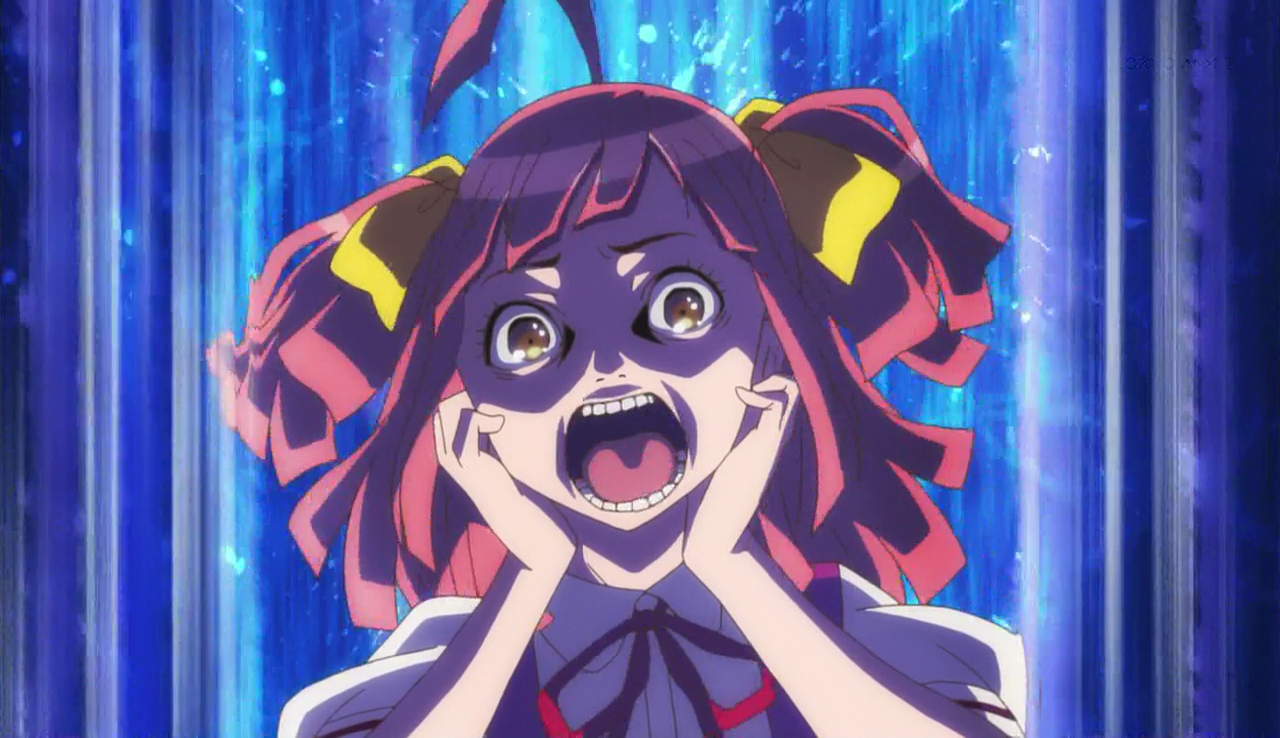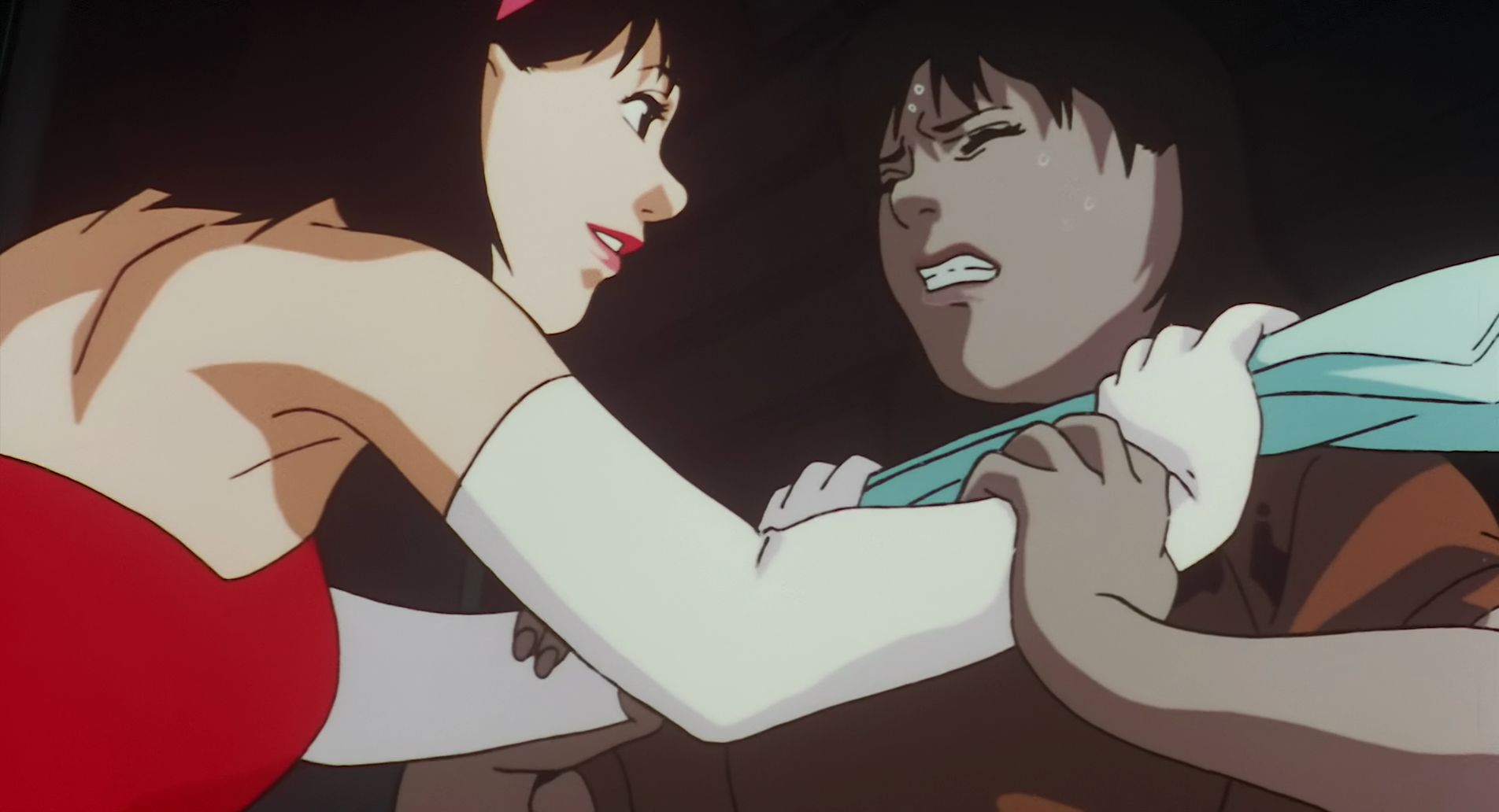Ask John: Can Anime Be As Empathetic As Live-Action?
Ask John:
One of the reasons anime is popular is how relatable the characters and narratives are. We are empathetic and sympathetic due to them drawing upon real-world parallels. However, is there a limitation to this relation? No matter how fantastic, live-action entertainment features real people. Animation has an extra barrier to overcome, as no human looks like an anime character. I will use the horror genre as an example. Horror appeals to us because of our instinctual mortality. However, anime characters are voiced drawings. So it has two barriers to overcoming our suspension of disbelief. While live-action only has one. So is there a limitation to our empathy?
Answer:
As the question asserts, anime does have an ability to create empathy and suspension of disbelief. Anime isn’t popular strictly because it looks vibrant and stylish. Anime uses characters that feel believable and situations that resonate with viewers’ experiences. So the audience empathizes with the story on screen, cares about the characters and events. However, viewers who are old enough to comprehend abstraction and understand the difference between fiction and reality will always have a limit to their suspension of disbelief. Our critical acumen will distinguish a difference between fiction and reality, between newsreel footage and manufactured cinema. And the rational mind will always recognize the artificiality of two-dimensional drawings compared to three-dimensional photography. But the relative ceilings of suspension of disbelief between animation and live-action cinema might not be as wide apart as one may assume.
Humans instinctively recognize other humans. Even a person raised in total isolation will still recognize another human being as a creature of the same species. So humans instinctively feel a degree of empathic similarity. All humans breath, eat, think, move, feel. Two-dimensional drawings are not alive. They don’t breath or eat or think or feel. A rational human viewer instantly recognizes these distinctions. But in terms of storytelling, how many anime productions affect our emotions more deeply and powerfully than countless live-action films do? No one can convince me that Hayao Miyazaki’s Nausicaa of the Valley of Wind is less emotionally impactful than Ed Wood’s Plan Nine from Outer Space. Graveyard of Fireflies is one of the most heartbreaking films ever made regardless of its medium of 2D animation because its characterizations and relatable conflicts connect with our fundamental human compassion and experience. The most visceral and grueling action films like Gareth Evans’ Raid movies deliver an equal amount of white-knuckle suspenseful terror as Tanjiro Kamado’s battle against Daki and Gyutaro in Demon Slayer: Entertainment District Arc because the anime uses its unique cinematic characteristics to its best advantage to enthrall viewers’ interest. Viewers grimace over the violence in The Raid because we can comprehend the immediacy and physicality of that on-screen pain. While Demon Slayer doesn’t even attempt to look realistic, its use of exaggerated color, its stylized speed, the characters’ intense expressions of desperation, and the editing that immerses viewers into the scenario all pierce directly to the viewer’s core sense of experience. We empathize because the anime forces us to. The deliberate artistic creativity of the anime speaks not to our superficial visual sense of recognition but to our psychological experience and understanding.
The horror genre seems to be an exception; however, I’ll propose the argument that the shortcoming lies in the execution of anime anime rather than in the potential of anime. The reason live-action horror is impactful is because viewers can immediately and easily envision themselves in the position of the characters. The victims in horror films are humans. The audience also consists of humans. Psychologically interchanging one human for another isn’t difficult. But the viewers’ rational mind recognizes that 2D animation isn’t real. The hand-drawn characters can’t actually feel pain or die because they’re not alive in the first place. However, the examples of Demon Slayer and Grave of the Fireflies demonstrate that 2D art can overcome and subvert the rational recognition that illustration is fiction. Typically horror anime doesn’t feel truly horrifying because it rarely tries to be truly horrifying. The 2014 body horror anime Pupa absolutely has the narrative capacity to burrow underneath the viewers’ skin, but it doesn’t because the show deliberately uses a highly abstract aesthetic design. The grisly Corpse Party anime has the potential be be chilling, yet its initial release was so heavily censored that it came across as an ironic joke instead of as a horror. However, consider Satoshi Kon’s film Perfect Blue. When Mima is stabbed with an umbrella, the audience feels and reacts to that attack because it’s depicted in a way the audience can personally relate to and understand. It’s not an abstraction or a stylized depiction. The murder of Murano by icepick in the middle of the movie is brutally horrifying because it’s not intended to be escapist entertainment or exaggerated cinematic style. That grotesque 2D sequence is deliberately intended to make viewers feel the horrific brutality of the event. Typically horror anime simply doesn’t attempt to be so harshly cynical. Typically horror anime either gravitates toward indulgent atmospheric style, like Vampire Hunter D, Supernatural Beast City, or Demon Slayer, or grand guignol absurdist ultra-violence like Higurashi no Naku Koro ni, Corpse Party, and Kakugo no Susume.
The contrasting genre of romance and particularly sex, however, demonstrates a contrasting result. An argument may be made that idealized, abstracted, literally two-dimensional depictions of falling in love and lovemaking can be more visually and emotionally impactful than live-action renditions. Hand-drawn depictions of romance necessarily emphasize emotional resonance because they can’t effectively depict the nearly invisible subtleties of human expression. Humans naturally pick up on “chemistry” between people. Viewers can instinctively tell when affection feels real or artificial. Yet in anime, viewers are obligated to believe what they’re given. The struggles of conscience and pangs of heartbreak are unhindered by the nuances of reality. What we see on screen is an idealized version of romance that shoots straight to our hearts without as much interference from our rational brains. Moreover, the physical act of sex is always idealized in animation. Characters are always exactly what they’re dreamed of. Fictional sex has none of the fumbling with adjusting to a comfortable position, or delays in action, or the unexpected challenges of the physics of human weight and bodies, or slight changes in emotion or expression that can break a mood. Sex in animation is also capable of depicting intimacy not actually possible in real life. So animated sex can satisfy primal desires and instincts that real life cannot. One can argue that fictional animated sex can be sexier and more emotionally and imaginatively stimulating than looking at real sex.
For rational viewers, people past the age of young children who can rationally distinguish between fictional characters and real people, hand-drawn animation will never have the capacity to be as visually and immediately immersive or convincing as live-action film. But two-dimensional animation has its own means of being just as affecting. Prose fiction and oral storytelling have no visual component at all yet are still able to excite, enthrall, and terrify us. If pictures are truly worth a thousand words, and words alone have such power and capability, surely animation has a capacity to stir an audience’s emotions on a deep and heartfelt level.



